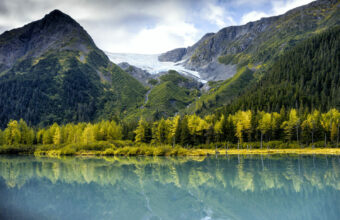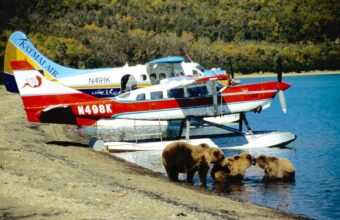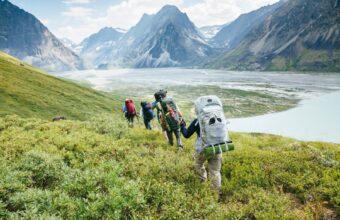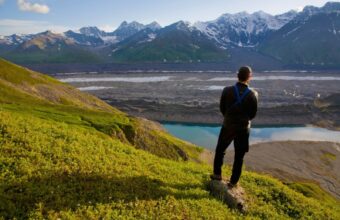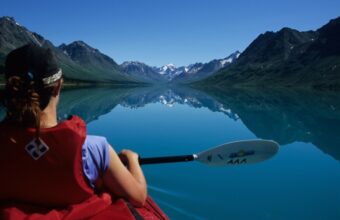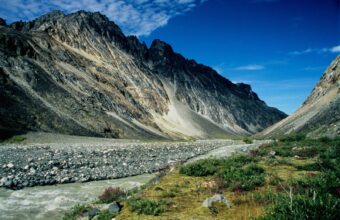What To Do In Kobuk Valley National Park
Adventures and activities in Kobuk Valley NP
Located entirely above the Arctic Circle in the western Brooks Range, Kobuk Valley National Park is a broad valley encircled by the Baird and Waring mountain ranges, with the Kobuk River snaking through its middle for 61 miles.
It’s best known for the desert-like sand dunes that cover most of its southern reaches. The biggest and most famous are the Great Kobuk Sand Dunes, which cover 25 square miles and can measure 100 ft (30 m) high.
The sand was ground down by glaciers, then carried here by wind and water after the last Ice Age. There are smaller sand areas, too--the Little Kobuk and Hunt River dunes--and impressive sandy river bluffs that contain permafrost and fossils.
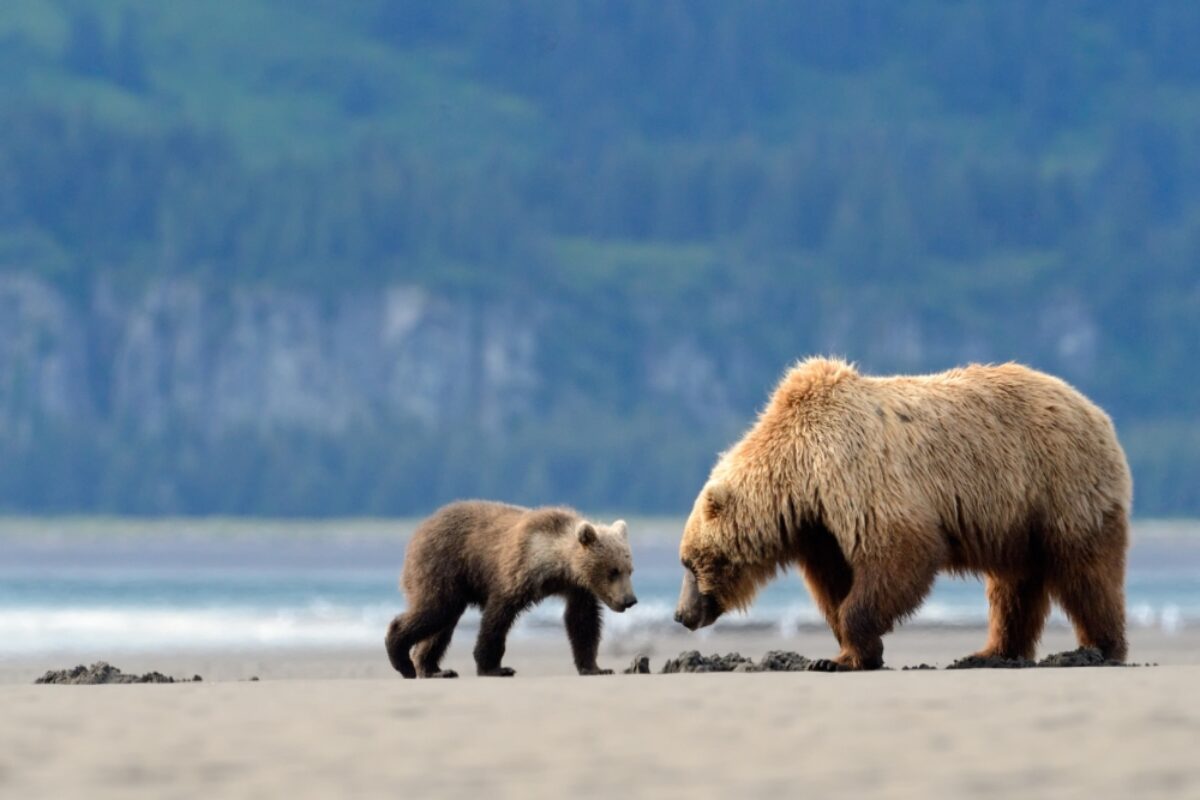
Grizzly bears in Kobuk Valley National Park
featured trips
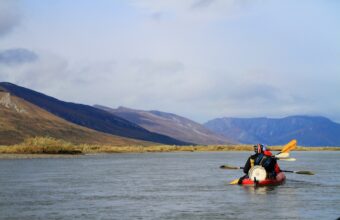
Noatak River & Great Kobuk Sand Dunes
Epic Gates of the Arctic & Kobuk Valley combined tour
12 days From $7,695 ppKobuk Valley National Park highlights
Without road access, flightseeing trips are a popular mode of transport as well as a way to see the sights Kobuk Valley National Park has to offer, with one of the most notable being the Great Kobuk Sand Dunes (and Little Kobuk and Hunt River dunes).
Hiking and backpacking are popular activities in Kobuk Valley National Park. With no designated campgrounds and no road access, be sure to pack everything you will need on your trip into the wilderness.
The slow-moving Kobuk River offers the opportunity for boating, paddling or floating. Northern pike and greyling are regularly caught in these rivers, however it is the large sheefish which is the real draw for fishing enthusiasts.
Kobuk Valley National park is perfect for photography and wildlife watching with over 250,000 caribou migrating through annually as well as being home to moose, wolves and both black and brown bears.
People have harvested caribou at Onion Portage, the National Historic Landmark, for more than 9,000 years--a subsistence tradition that continues today.
Kobuk Valley National Park is an excellent place for aurora-viewing in the winter and is a popular spot for activities such as snowmobiling (“snowmachining” to locals), skiing and dog mushing should only be attempted by people with the appropriate equipment and well-tested Arctic survival skills. For most visitors, this means: Don’t even think about it without a guide.
Don’t miss
Kobuk Valley National Park is an excellent place for viewing aurora borealis during the winter season.
How to get to Kobuk Valley National Park
There is no road access to the park and the vast majority of visitors charter an air taxi from the two nearest communities: Kotzebue and Bettles.
You can reach Kotzebue on Alaska Airlines, Ravn Alaska and (seasonally) Delta. Get to Bettles on Warbelow's or Wright Air from Fairbanks. Once in either community, use one of the authorized air taxis to fly into the park.
Some people float or paddle in on the Kobuk River from nearby communities of Kobuk, Shungnak or Ambler, then take out from Kiana or Noorvik. You'll have to air taxi in and out.
Independent travellers don't need permits; organized recreational groups do.
Basic groceries are available in Kotzebue but are ridiculously expensive. Gear is limited if available at all. Bring all your own gear and as much of your own food as possible.
Weather in Kobuk Valley National Park
Above the Arctic circle, the sun doesn't set here from June 3 to July 9. You may need an eye mask to sleep!
The sun is above the horizon for only 1.5 hours on the winter solstice. There is a longer stretch of usable light (civil twilight) while the sun is below the horizon, but even that is very limited. Because of this and the park's location, there is excellent aurora-viewing in the winter.
It can snow or drop to freezing temperatures at any time of year, including summer; wind and rain are common too.
Summer temperatures hover around 18 C (mid-60s F), usually topping out at around 21-26 C (70-80 F), although temperatures in the sand dunes can top 37 C (100 F).
Winter temperatures average a low of -22 C (-8 F) in January but can dip as low as -45 C (-50 F).
Only visit during the winter if you have your own Arctic survival gear and long experience with the appropriate survival skills.
Wildlife in Kobuk Valley National Park
Kobuk Valley National Park is bisected by 61 miles of the Kobuk River. To the north, the Baird Mountains; to the south, the Great Kobuk Sand Dunes.
The park is a largely wetland habitat, located in the transition zone between boreal forest (which becomes open woodlands of birch/spruce) and Arctic tundra to the north.
Muskox, moose, black and grizzly bears, Dall sheep and grey wolves are all common here.
The Western Arctic caribou herd (almost 500,000 animals) migrates through the park every year, travelling north to summer calving grounds in the spring, then south to winter breeding grounds in the fall.
Look for Kobuk locoweed (a flowering herb)--this is the only place in the world it exists.
Kobuk Valley preserves the ecosystem of Beringia, a thousand-mile grassland that connected Asia and North America during the last Ice Age.
Kobuk Valley National Park facts & figures
- Kobuk Valley National Park encompasses a massive 1,795,280 acres of land and was designated as a national park in 1980.
Kobuk is an Iñupiaq word meaning "big river."
Very remote and unmanned, you’ll find no developed facilities at all at Kobuk Valley National Park, and no entrance fee is charged
The park's visitor centre, the Northwest Arctic Heritage Center, is actually located in Kotzebue, 80 miles southwest of the park. This is where you go to borrow bear-resistant containers, get generally oriented to the park, or get your National Parks passport stamped (they also stamp passports for Noatak National Preserve and Gates of the Arctic). Open year-round, but limited hours in winter.

